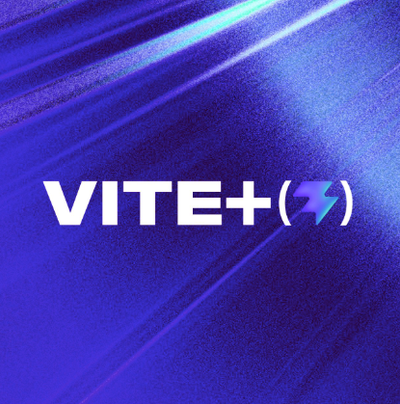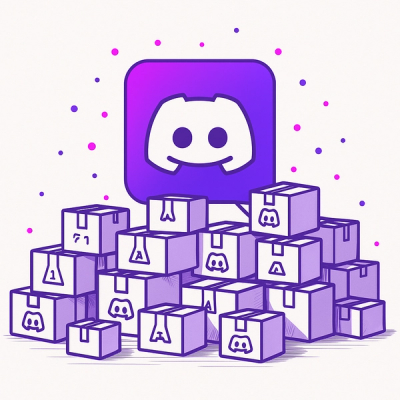
Security News
Vite+ Joins the Push to Consolidate JavaScript Tooling
Evan You announces Vite+, a commercial, Rust-powered toolchain built on the Vite ecosystem to unify JavaScript development and fund open source.
WebGL framebuffer object wrapper
Try this in your browser if you have WebGL
var shell = require("gl-now")()
var createFBO = require("gl-fbo")
var glslify = require("glslify")
var ndarray = require("ndarray")
var fill = require("ndarray-fill")
var fillScreen = require("a-big-triangle")
var createUpdateShader = glslify({
vertex: "\
attribute vec2 position;\
varying vec2 uv;\
void main() {\
gl_Position = vec4(position,0.0,1.0);\
uv = 0.5 * (position+1.0);\
}",
fragment: "\
precision mediump float;\
uniform sampler2D buffer;\
uniform vec2 dims;\
varying vec2 uv;\
void main() {\
float n = 0.0;\
for(int dx=-1; dx<=1; ++dx)\
for(int dy=-1; dy<=1; ++dy) {\
n += texture2D(buffer, uv+vec2(dx,dy)/dims).r;\
}\
float s = texture2D(buffer, uv).r;\
if(n > 3.0+s || n < 3.0) {\
gl_FragColor = vec4(0,0,0,1);\
} else {\
gl_FragColor = vec4(1,1,1,1);\
}\
}",
inline: true
})
var createDrawShader = glslify({
vertex: "\
attribute vec2 position;\
varying vec2 uv;\
void main() {\
gl_Position = vec4(position,0.0,1.0);\
uv = 0.5 * (position+1.0);\
}",
fragment: "\
precision mediump float;\
uniform sampler2D buffer;\
varying vec2 uv;\
void main() {\
gl_FragColor = texture2D(buffer, uv);\
}",
inline: true
})
var state, updateShader, drawShader, current = 0
shell.on("gl-init", function() {
var gl = shell.gl
//Turn off depth test
gl.disable(gl.DEPTH_TEST)
//Initialize shaders
updateShader = createUpdateShader(gl)
drawShader = createDrawShader(gl)
//Allocate buffers
state = [ createFBO(gl, [512, 512]), createFBO(gl, [512, 512]) ]
//Initialize state buffer
var initial_conditions = ndarray(new Uint8Array(512*512*4), [512, 512, 4])
fill(initial_conditions, function(x,y,c) {
if(c === 3) {
return 255
}
return Math.random() > 0.9 ? 255 : 0
})
state[0].color[0].setPixels(initial_conditions)
//Set up vertex pointers
drawShader.attributes.position.location = updateShader.attributes.position.location = 0
})
shell.on("tick", function() {
var gl = shell.gl
var prevState = state[current]
var curState = state[current ^= 1]
//Switch to state fbo
curState.bind()
//Run update shader
updateShader.bind()
updateShader.uniforms.buffer = prevState.color[0].bind()
updateShader.uniforms.dims = prevState.shape
fillScreen(gl)
})
shell.on("gl-render", function(t) {
var gl = shell.gl
//Render contents of buffer to screen
drawShader.bind()
drawShader.uniforms.buffer = state[current].color[0].bind()
fillScreen(gl)
})
Result:

Install using npm:
npm install gl-fbo
var createFBO = require("gl-fbo")There is currently only one default way to create a Framebuffer object. You can construct a framebuffer using the following syntax:
var fbo = createFBO(gl, shape[, options])Creates a wrapped framebuffer object
gl is a handle to a WebGL context
shape is a length 2 array encoding the [width, height] of the frame buffer
options is an object containing the following optional properties:
options.preferFloat Upgrade to floating point if available, otherwise fallback to 8bit. (default false)options.float Use floating point textures (default false)options.color The number of color buffers to create (default 1)options.depth If fbo has a depth buffer (default: true)options.stencil If fbo has a stencil buffer (default: false)fbo.bind()Binds the framebuffer object to the display. To rebind the original drawing buffer, you can just call WebGL directly:
//Bind the drawing buffer
gl.bindFramebuffer(gl.FRAMEBUFFER, null)
fbo.dispose()Destroys the framebuffer object and releases all associated resources
fbo.shapeReturns the shape of the frame buffer object. Writing to this property resizes the framebuffer. For example,
fbo.shape = [ newWidth, newHeight ]
fbo.glA reference to the WebGL context
fbo.handleA handle to the underlying Framebuffer object.
fbo.colorAn array containing gl-texture2d objects representing the buffers.
fbo.depthThe depth/stencil component of the FBO. Stored as a gl-texture2d. If not present, is null.
(c) 2013-2014 Mikola Lysenko. MIT License
FAQs
Frame buffer object wrapper for WebGL
The npm package gl-fbo receives a total of 23,576 weekly downloads. As such, gl-fbo popularity was classified as popular.
We found that gl-fbo demonstrated a not healthy version release cadence and project activity because the last version was released a year ago. It has 7 open source maintainers collaborating on the project.
Did you know?

Socket for GitHub automatically highlights issues in each pull request and monitors the health of all your open source dependencies. Discover the contents of your packages and block harmful activity before you install or update your dependencies.

Security News
Evan You announces Vite+, a commercial, Rust-powered toolchain built on the Vite ecosystem to unify JavaScript development and fund open source.

Security News
Ruby Central’s incident report on the RubyGems.org access dispute sparks backlash from former maintainers and renewed debate over project governance.

Research
/Security News
Socket researchers uncover how threat actors weaponize Discord across the npm, PyPI, and RubyGems ecosystems to exfiltrate sensitive data.